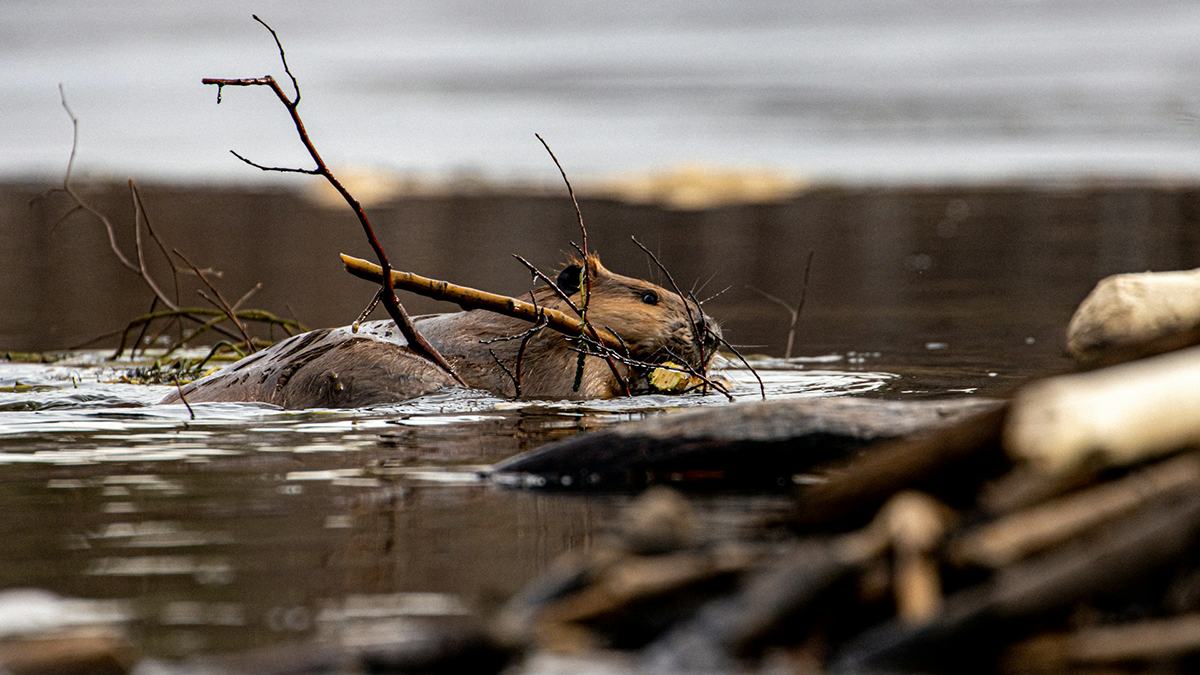Editors’ Highlights are summaries of recent papers by AGU’s journal editors.
Source: Water Resources Research
There is a consensus that beaver dams with associated ponding and floodplain inundation have a strong influence on ambient hydrologic and hydrogeologic conditions in mountainous alluvial valleys. However, very little quantitative information is available that sheds light on the impact on groundwater recharge and flow patterns.
In their comprehensive field and modeling study, Wang et al. [2025] show how vertical infiltration from flooded areas interacts with underflow in permeable gravel layers. Utilizing observations, sophisticated modeling, and efficient machine learning technologies, they are able identify flow patterns and rates. They also address uncertainty in groundwater storage changes and sensitivity to e.g. floodplain geometry, subsurface layering and heterogeneity in hydraulic subsurface properties. The ratio between the vertical flux and the underflow rules the flow patterns and is also key in solute transport, which has major implication for renaturation projects and water quality. A straightforward analytical solution is proposed that is transferable and can be used with remote sensing data for water balance estimations.

Citation: Wang, L., Babey, T., Perzan, Z., Pierce, S., Briggs, M., Boye, K., & Maher, K. (2025). Quantifying groundwater response and uncertainty in beaver-influenced mountainous floodplains using machine learning-based model calibration. Water Resources Research, 61, e2024WR039192. https://doi.org/10.1029/2024WR039192
—Stefan Kollet, Editor, Water Resources Research

